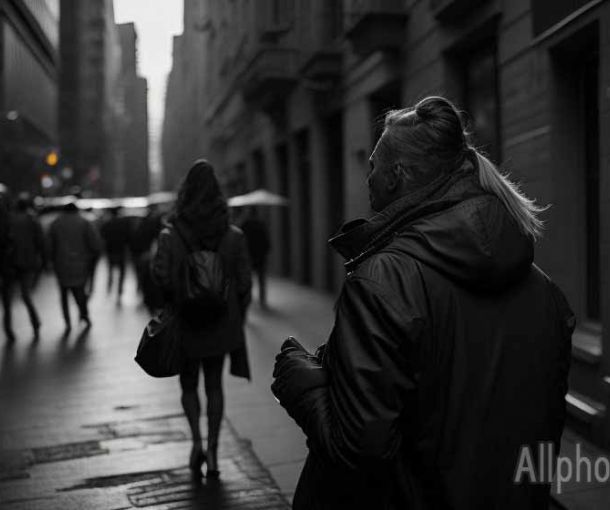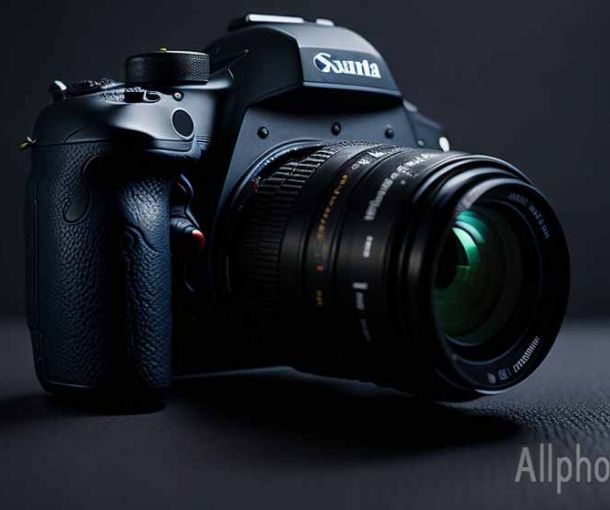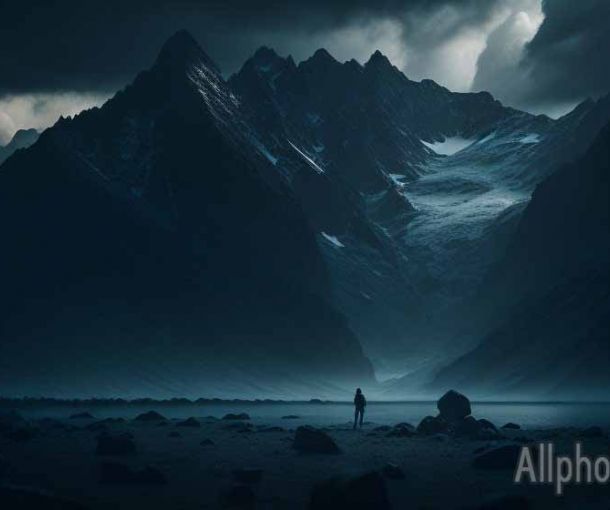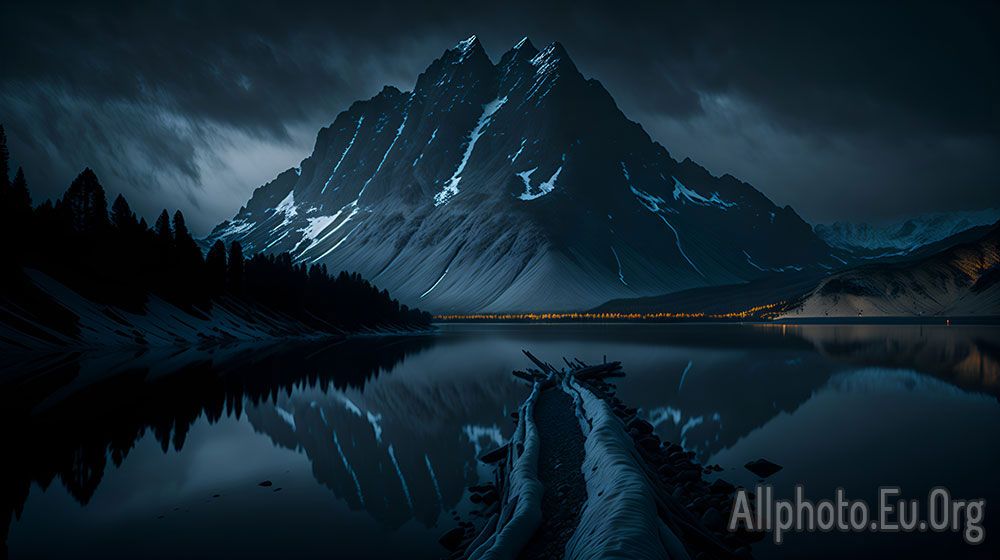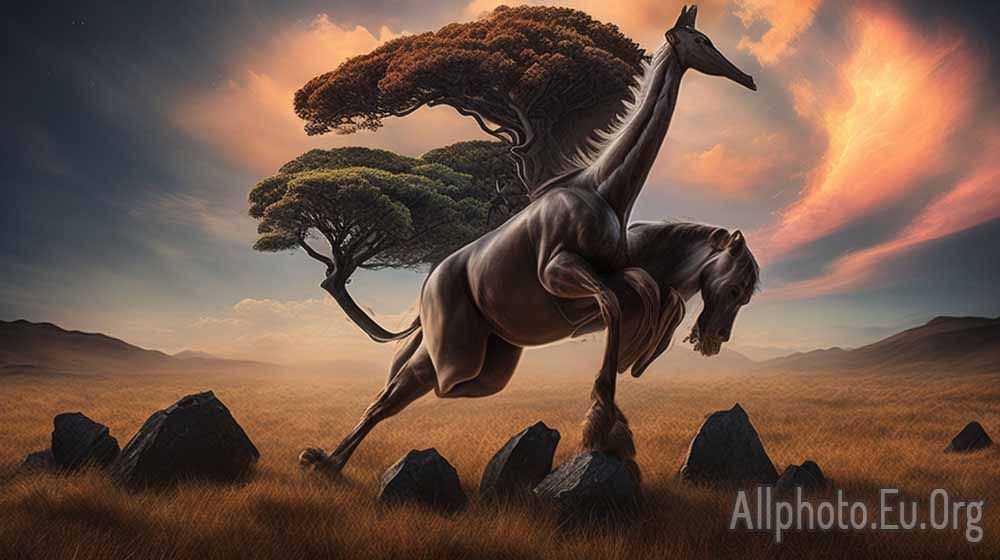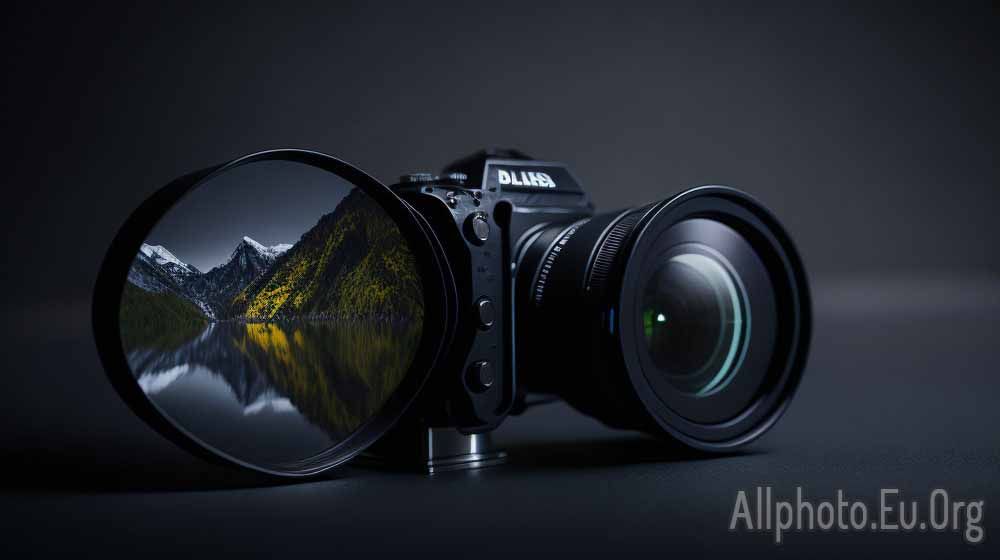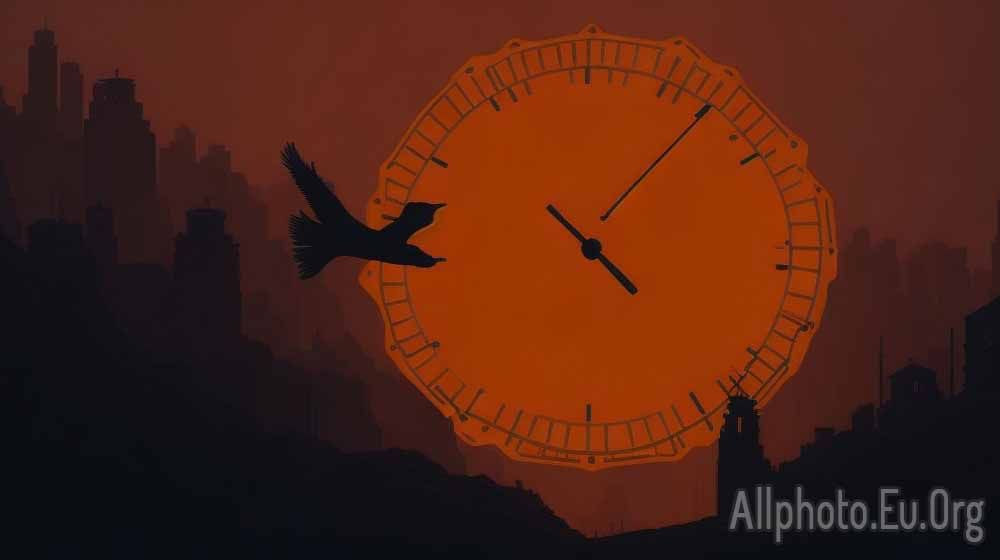The Benefits of Using a ND (Neutral Density) Filter in Photography: Controlling Exposure and Motion
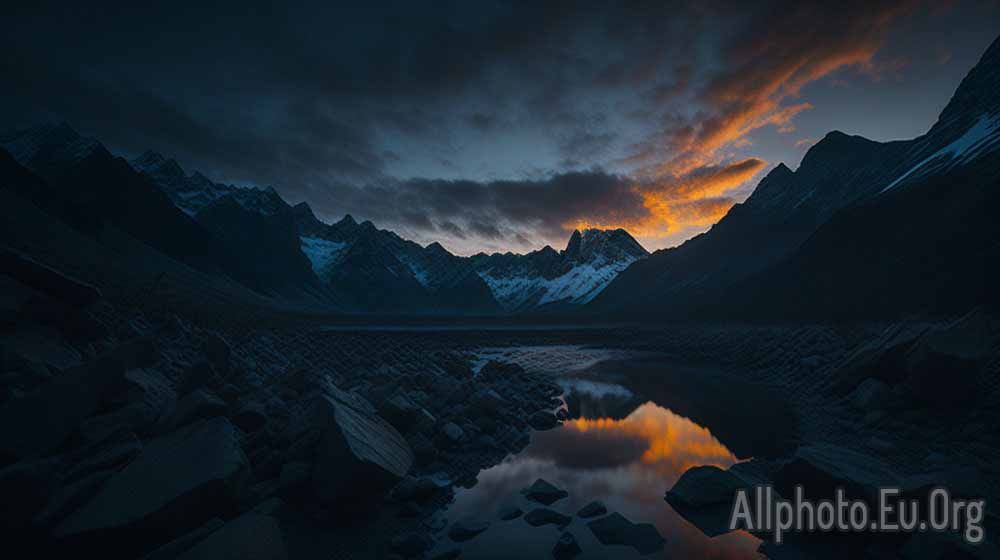
Photography is an art that involves capturing moments and memories in time. It's a medium that allows us to express ourselves and our creativity. In order to capture the perfect shot, photographers use various tools and techniques, one of which is the ND (Neutral Density) filter. This article will explore the benefits of using an ND filter in photography, specifically in controlling exposure and motion.
First, let's understand what an ND filter is. An ND filter is a piece of glass or resin that is placed in front of the camera lens to reduce the amount of light entering the lens without changing the color or hue of the image. This allows the photographer to use longer shutter speeds, wider apertures, or both, without overexposing the image. ND filters come in different strengths, ranging from 1-stop to 10-stops, each of which has a specific purpose and use.
One of the primary benefits of using an ND filter is controlling exposure. In bright outdoor settings, such as on a sunny day, the camera's automatic exposure settings can result in overexposed images. This is because the camera tries to compensate for the bright light by using a faster shutter speed and smaller aperture, which can result in a washed-out image. By using an ND filter, the amount of light entering the camera is reduced, allowing the photographer to use longer shutter speeds and wider apertures to achieve the desired exposure.
Using an ND filter can also create unique and artistic effects in photography. For example, using a 10-stop ND filter can allow for a longer exposure time, resulting in a silky-smooth effect on waterfalls, rivers, or oceans. This effect can also be achieved in daytime shots of cityscapes, with long exposure time creating a motion blur effect of cars and people moving in the frame. This creative use of ND filters can add depth and interest to the photograph, making it stand out from other images.
Another benefit of using an ND filter is controlling motion. When photographing fast-moving objects such as sports, wildlife, or vehicles, a fast shutter speed is required to freeze the motion. However, in low-light settings, achieving a fast shutter speed can be challenging. Using an ND filter can reduce the amount of light entering the lens, allowing for a slower shutter speed that can capture the motion without overexposing the image.
ND filters can also be used for portrait photography, specifically in outdoor settings. By using an ND filter, the photographer can use a wider aperture to achieve a shallow depth of field, creating a blurred background effect that highlights the subject. This can result in a more aesthetically pleasing image and add to the overall impact of the photograph.
In conclusion, using an ND filter in photography can be a valuable tool for controlling exposure and motion, as well as creating unique and artistic effects. Whether you're a professional photographer or an amateur enthusiast, experimenting with different ND filter strengths and techniques can enhance your photography skills and result in stunning images that stand out from the crowd.
When choosing an ND filter, it's important to consider the strength of the filter, the size of the lens, and the purpose of the photograph. ND filters come in different strengths, ranging from 1-stop to 10-stops, each of which has a specific use. A 1-stop filter is suitable for reducing light in slightly bright conditions, while a 10-stop filter is suitable for long exposure photography. Additionally, it's important to choose an ND filter that fits the size of your camera lens, as not all filters fit all lenses. Finally, it's essential to consider the purpose of the photograph and the desired effect, as this will determine the strength and type of ND filter to use.
In addition to the benefits mentioned above, using an ND filter can also help reduce lens flare and ghosting. Lens flare occurs when bright light enters the lens, resulting in a hazy or washed-out image. Using an ND filter can reduce the amount of light entering the lens, minimizing the risk of lens flare. Ghosting occurs when light is reflected between the lens elements, resulting in a visible artifact in the image. Using an ND filter can reduce ghosting by reducing the amount of light entering the lens.
Finally, it's worth noting that ND filters are not only used in photography but also in videography. Video cameras often have limited control over the shutter speed and aperture, making it challenging to achieve the desired exposure in bright conditions. Using an ND filter can help videographers achieve the desired exposure and create cinematic effects such as motion blur.
To sum up, using an ND filter in photography and videography can bring numerous benefits, including controlling exposure and motion, creating unique and artistic effects, reducing lens flare and ghosting, and adding depth and interest to the photograph. By choosing the right ND filter for the purpose of the photograph and experimenting with different strengths and techniques, photographers and videographers can enhance their skills and create stunning images and videos.
Tags
Latest Articles
Most Read
All Tags
Subscribe
Donate
Please consider supporting our efforts.
© 2023 All-Photo.Cf All rights reserved.


